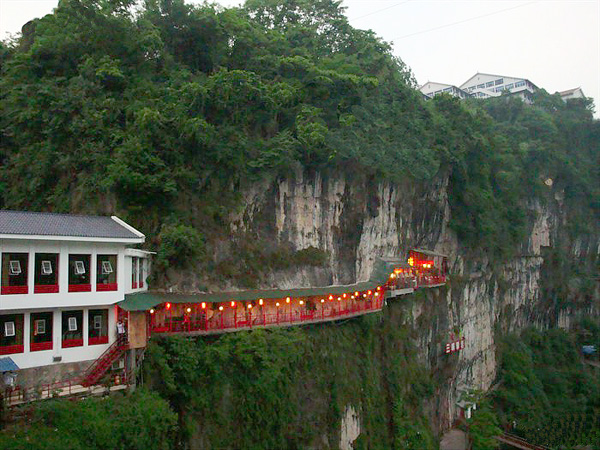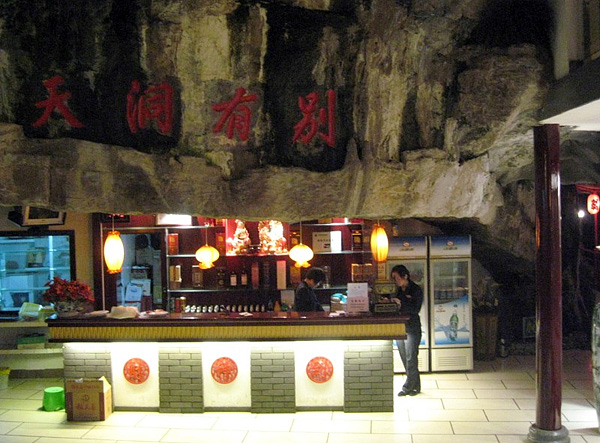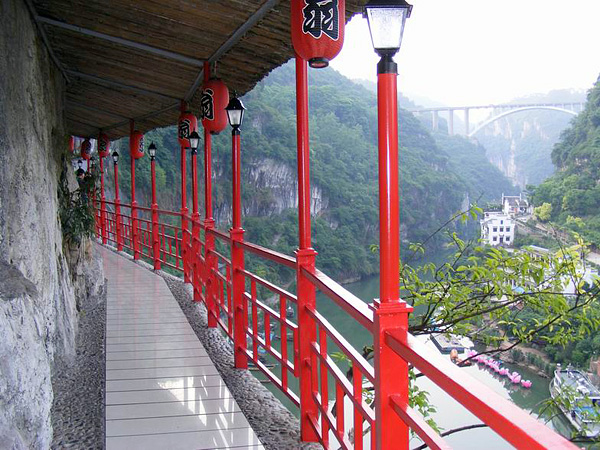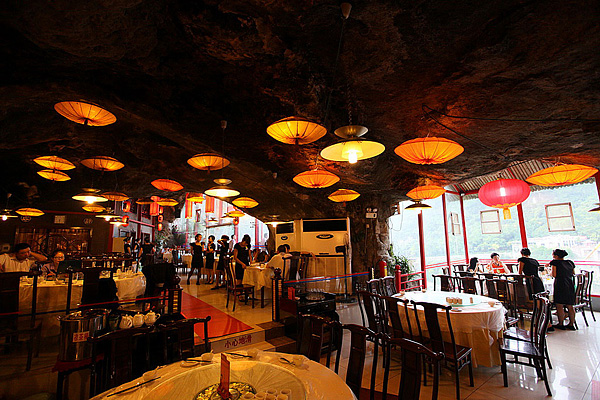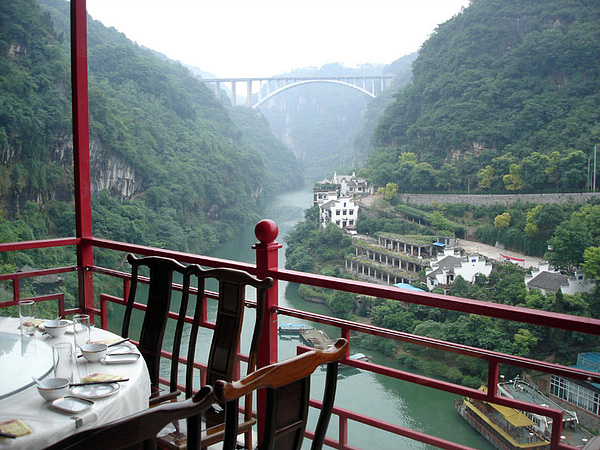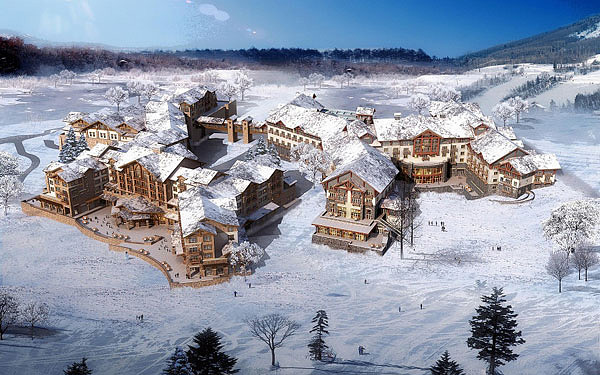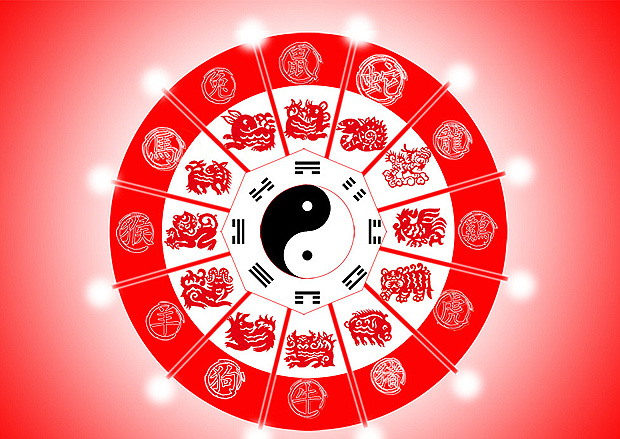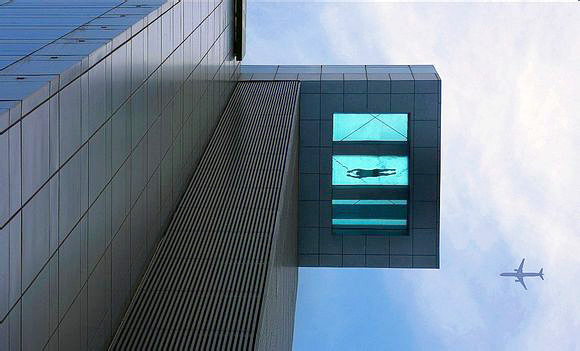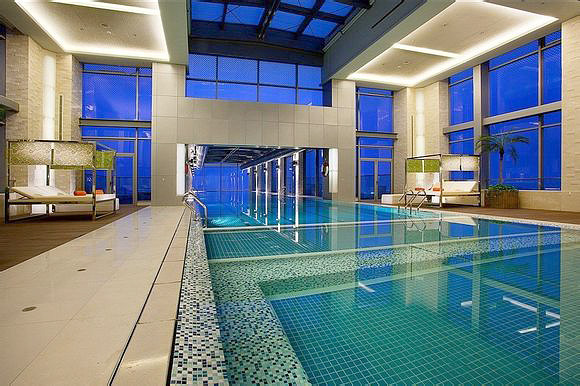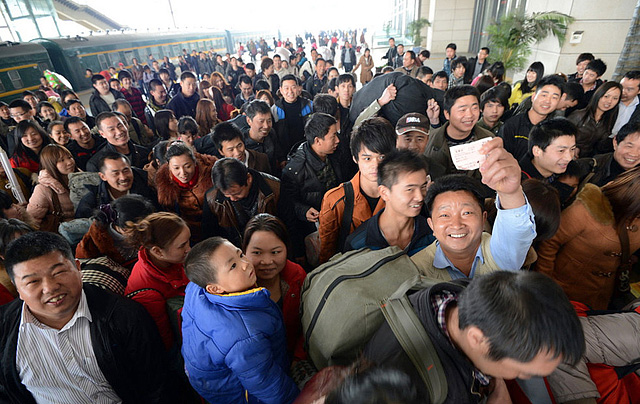Grace Beijing is an iconic boutique hotel situated in the 798 Art
District, which is originally a group of military factory buildings, and
now turned into a thriving fashion and art center, as well as one of
Beijing’s most popular tourist attractions. Grace Beijing itself is a
sample of art works. It is a perfect combination of traditional and
modern design.

(The service desk of the hotel, see the large painting behind)
Grace Beijing was run under the name of Yi house before acquired by Grace Group. Later a bistro was called Yi house to honor its origin. Grace Beijing has 30 rooms altogether, from Artist Studios to Grace Suites, all of which embody elegance and luxury.
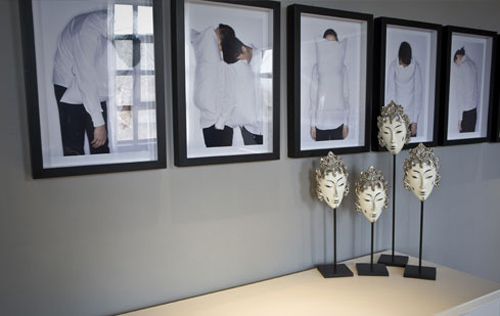
(artist works can be found in every corner of the retreat, discover and enjoy them!)
The hotel team is devoted to helping all guests to have a unique and extraordinary experience here, by offering various options. You can even pick your own pillow! Just remember to book in advance. There is a great rang of breakfast served in Yi House as you wish, beverage there includes coffee, tea, Champagne, smoothies, juices and so on. The gym is a place to relax and have fun.
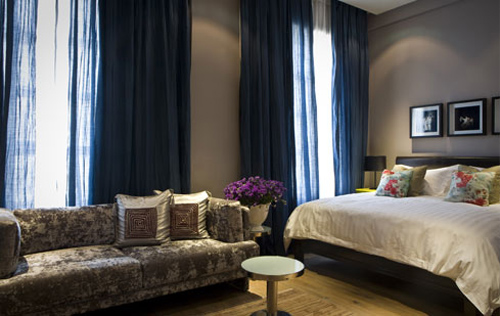
(One of the bedroom of the retreat, more than comfortable)
Won’t it be marvelous to stay in Grace Beijing? Here, you can experience a serene and comfortable atmosphere, escaping from the busy city life. Just linger in the amazing galleries or bookshops in the 798 Art District Beijing. You surely can not get more pleasure than savoring the fabulous works by artists.
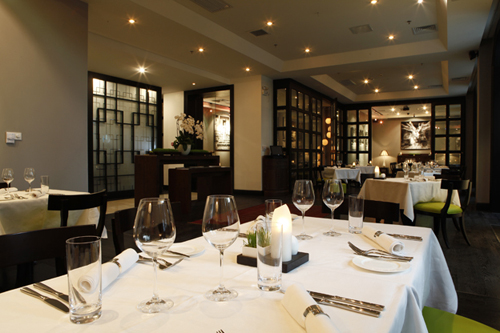
(At the corner of the restaurant)

(The service desk of the hotel, see the large painting behind)
Grace Beijing was run under the name of Yi house before acquired by Grace Group. Later a bistro was called Yi house to honor its origin. Grace Beijing has 30 rooms altogether, from Artist Studios to Grace Suites, all of which embody elegance and luxury.

(artist works can be found in every corner of the retreat, discover and enjoy them!)
The hotel team is devoted to helping all guests to have a unique and extraordinary experience here, by offering various options. You can even pick your own pillow! Just remember to book in advance. There is a great rang of breakfast served in Yi House as you wish, beverage there includes coffee, tea, Champagne, smoothies, juices and so on. The gym is a place to relax and have fun.

(One of the bedroom of the retreat, more than comfortable)
Won’t it be marvelous to stay in Grace Beijing? Here, you can experience a serene and comfortable atmosphere, escaping from the busy city life. Just linger in the amazing galleries or bookshops in the 798 Art District Beijing. You surely can not get more pleasure than savoring the fabulous works by artists.

(At the corner of the restaurant)
